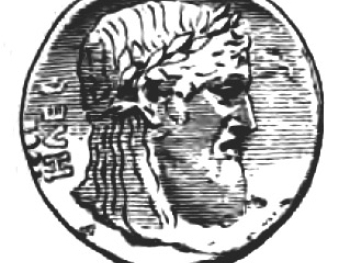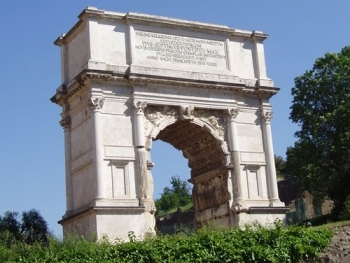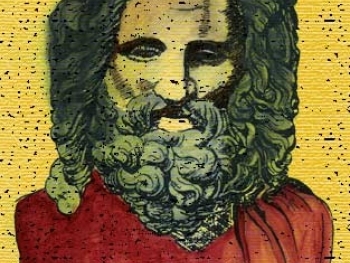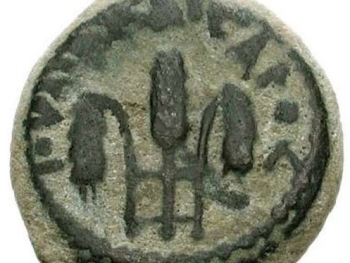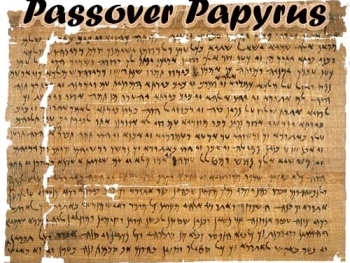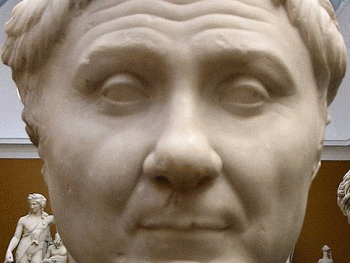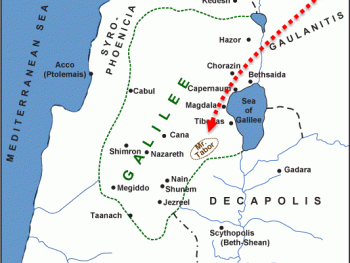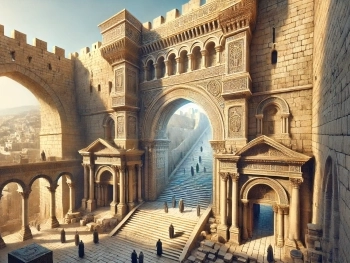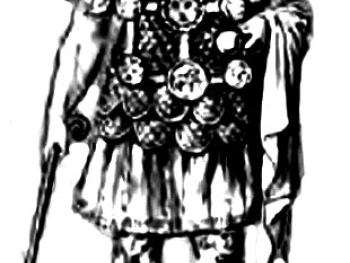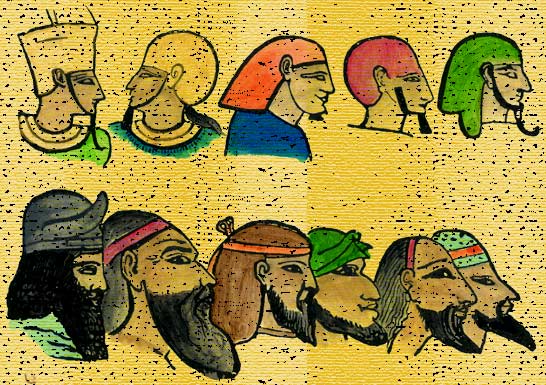
In ancient times beards came in various styles and shapes. In ancient Egypt the beard was a symbol of status, in ancient India the beard was a symbol of dignity. In ancient Assyria, Babylon and Persia the beard was cared for with great detail, they oiled, dressed and curled their beards using many instruments including curling irons. They would carefully create beautiful ringlets and patterns. The ancient Greeks considered it a sign of strength, although Alexander had them removed for battle. The Romans considered the beard to be a sign of disorder or messiness.
Psalms 133:2 – It is like the precious ointment upon the head, that ran down upon the beard, even Aaron’s beard: that went down to the skirts of his garments;
Source:
